Sikkim, snugly tucked away in the lap of nature is a popular haunt of tourists and adventure seekers. High altitude climate, rugged terrain and panoramic visualsare indeed a pleasure for visitors to experience, however when it comes to local cuisine, the choices are quite limited and starkly different from you enjoy in other parts of the country.
Sikkim cuisine is heavily influenced by culinary styles of the neighboring Bhutan, Nepal and Tibet. While some communities are strict vegetarians, there are others who relish a non-vegetarian fare.
Red /white rice, buckwheat, maize and wheat are a part of the staple food along with dried and preserved meat (beef, pork, chicken and yak). Thukpas, Momos,ShaPhaley, Phagshapa and Sael Roti are signature dishes of Sikkim that are quite popular. However there are several other native delicacies that can prove quite tempting for foodies willing to try out new dishes.
Here are few lesser known delicacies that you must taste while holidaying in Sikkim.
Niguru
A classic native delicacy made from tender Fiddlehead Ferns, Niguru is a simple preparation relished in all households. These ferns are commonly found across the rocky terrain; the key however is to pluck the fern and not cut it.
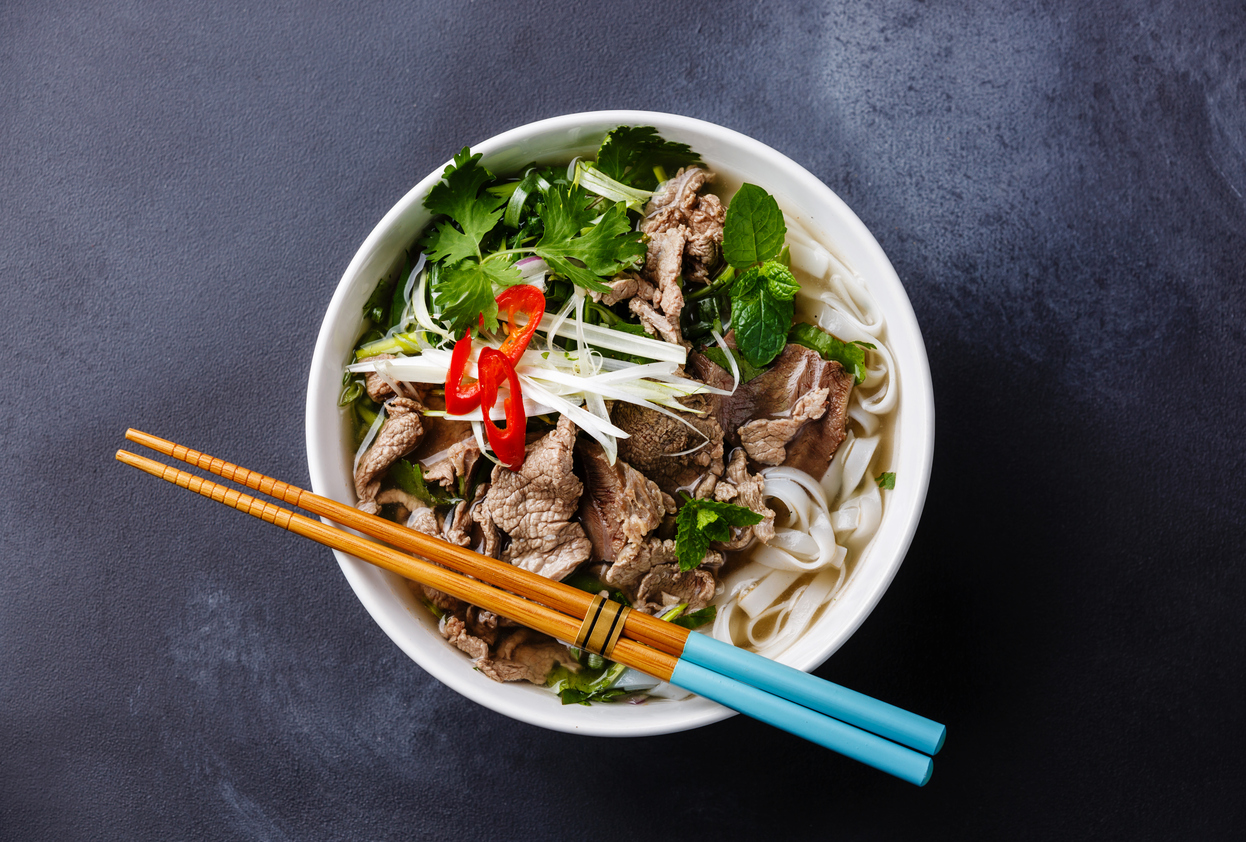
The fresh coils of fern are sautéed with onion, garlic and tomatoes with a dash of turmeric for flavor.Niguru fermented with local soft cheese churpi, is also one of the regular dishes that people consume at home.
Gya Kho
Borrowed from Tibetan cuisine, this filling stew/soup is a sumptuous mix of local vegetables and meats. Commonly known as Chimney soup, the dish is named after the chimney-shaped bowl in which it is usually served.
Interestingly, these traditionally crafted serving bowls have a provision to hold hot coals to keep the soup/stew warm, a practical design considering high-altitude weather conditions! Typical of foods cooked over hot coal, Gya Kho tastes different as well.
Sinki
Dried meat and fermented vegetables form a major part of Sikkim cuisine. Sinki is simply fermented radish that is used as a pickle, and a flavoring agent in the soups and stews as well.
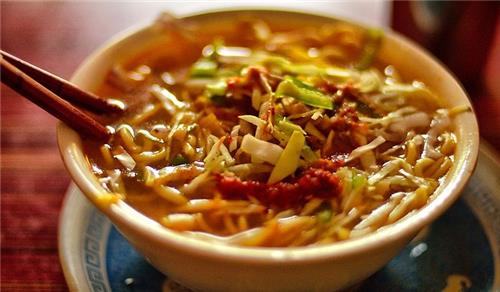
Originally from Nepal, Sinki can be prepared using shredded cauliflower as well. The shredded vegetable is sun dried for a few days, stored in air-tight containers and left to ferment naturally. The fermented pieces are again dried out and used year long.
Gundruk
Gundruk too is a similar ingredient prepared using stems and leaves from leafy vegetables and spinach as well. Fresh leaves are sun-dried, packed in air-tight boxes and allowed to ferment.
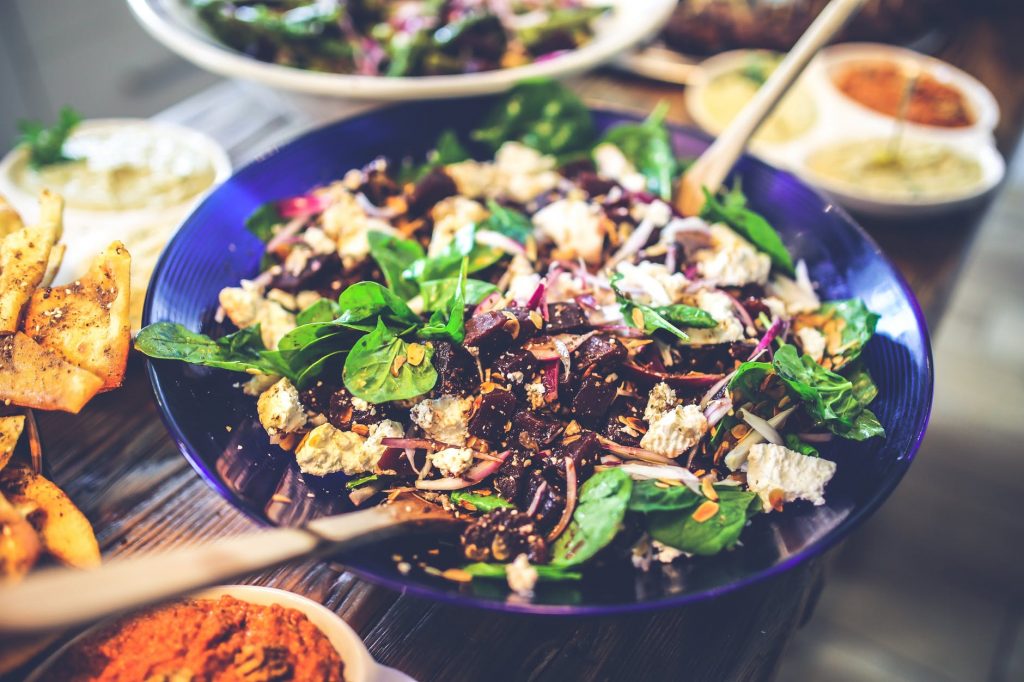
The fermented leaves are left to dry in the sun before being used to prepare vegetable soups. Leaves of turnips, radishes, cabbages and even mustard greens are converted in Gundruk, which is rich in both fibre and nutrients, making it just the right ingredient for a hot soup in high-altitude settings.
Kinema
Protein-rich fermented soya beans go by the name Kinema. This nutritious concoction however may not be palatable for most of us as it looks slimy, has a pungent odor and a distinct taste.
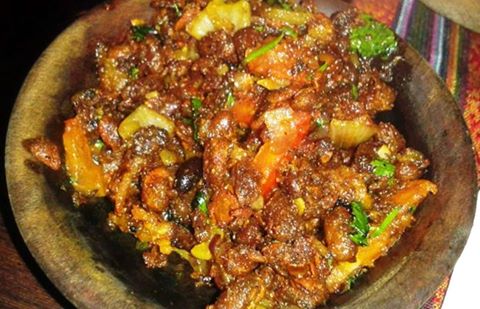
Kinema however is prepared as a soup or a more appetizing side dish to go with rice or flat bread. It often serves as a meat substitute when meat is scarce.
Gyuma
Non vegetarians must check out the Gyuma commonly known as blood sausage – a mixture of fat, minced beef, blood, spices and semolina filled into an intestine casing, which is then sealed and cooked in boiling water.
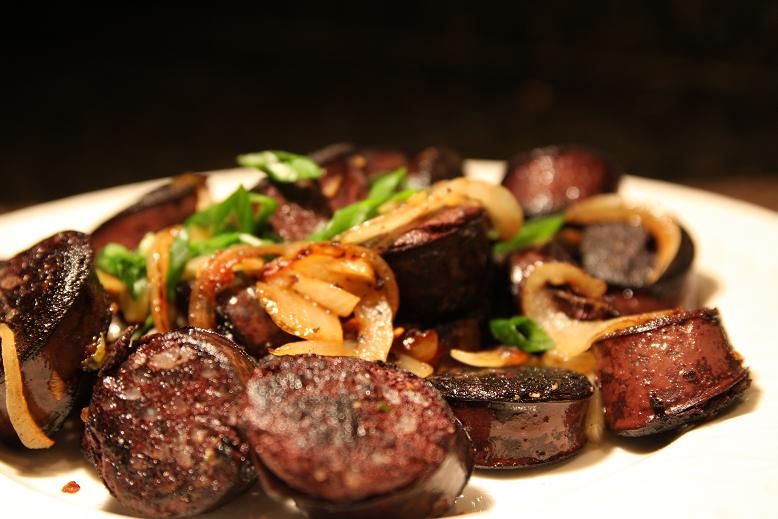
Gyuma is a special dish often relished during festivals and celebratory occasions. Needless to say that is indeed a hearty and rich preparation.
Nettle Soup (Shishnu soup)
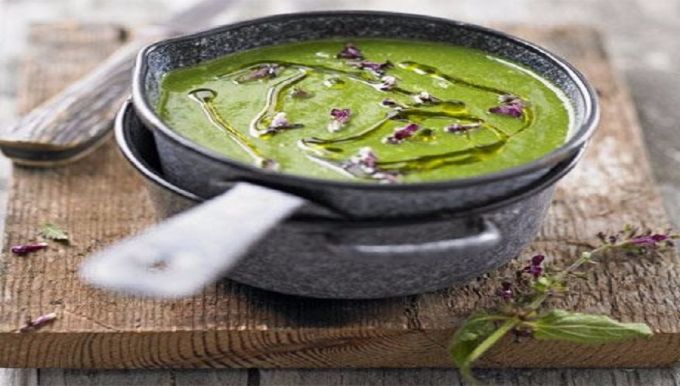
Stinging nettles are tactfully collected and prepared into a delectable soup, flavored with salt, garlic ginger and pepper. When the plant is in bloom, even flowers are used in soup preparation.
Eromba
You also get to taste the local variant of Eromba, originally from Manipur, where fermented fish is cooked with generous doses of chilli and vegetables and garnished with coriander. Sikkim version of Eromba is also spiced up with chilli/spices, and contains lots of local vegetables, more of bamboo shoots and potatoes.
Wacheepa (char-grilled chicken) , deep fried wheat-based snacks such as the Zhero, river crab delicacies, Khuri ( buck-wheat flour /veg/meat rolls) and other lipsmacking dishes are among the lesser known recipes of Sikkim.
Side dishes made from pork and beef are quite common, but each region or household has a distinctly different way of preparing them, imparting a unique taste to the popular dishes.
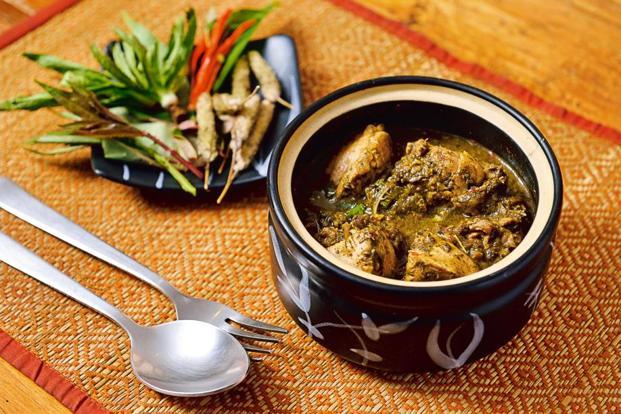
Buck-wheat and wheat flour are commonly used to create fried snacks, flat breads, noodles and pasta as well. You must check out the pakthu a home-made wheat pasta and the gyathuk wheat noodles which are usually added to the soup preparations.
Apart from Chang, an alcoholic beer and the home-made spirit, Urak, check out the effervescent wine that the locals brew from fresh Rhododendron blooms as well.
Local cuisine of Sikkim is best experienced at homestays for home-made food definitely tastes different from those served at the restaurants. Look out for Sikkim Tour Packages that offer accommodation at homestays even for a part of your trip as you can enjoy the local life style and cuisine first hand!
Alternatively go on Sikkim Food Tour. There are several Sikkim Tour Packages that cater exclusively to foodies! This way your entire trip will be focused on sampling local delicacies as you explore the scenic landscape.



























